Evolution is a natural part of the world. Right now, a species that is beloved and hated is going through an evolutionary phase that cannot go unnoticed.
Researchers have noticed that bats are getting bigger in the same way around the world. This is a very rare example of evolution that could have a big impact on us.
Evolutionary Changes in Bats
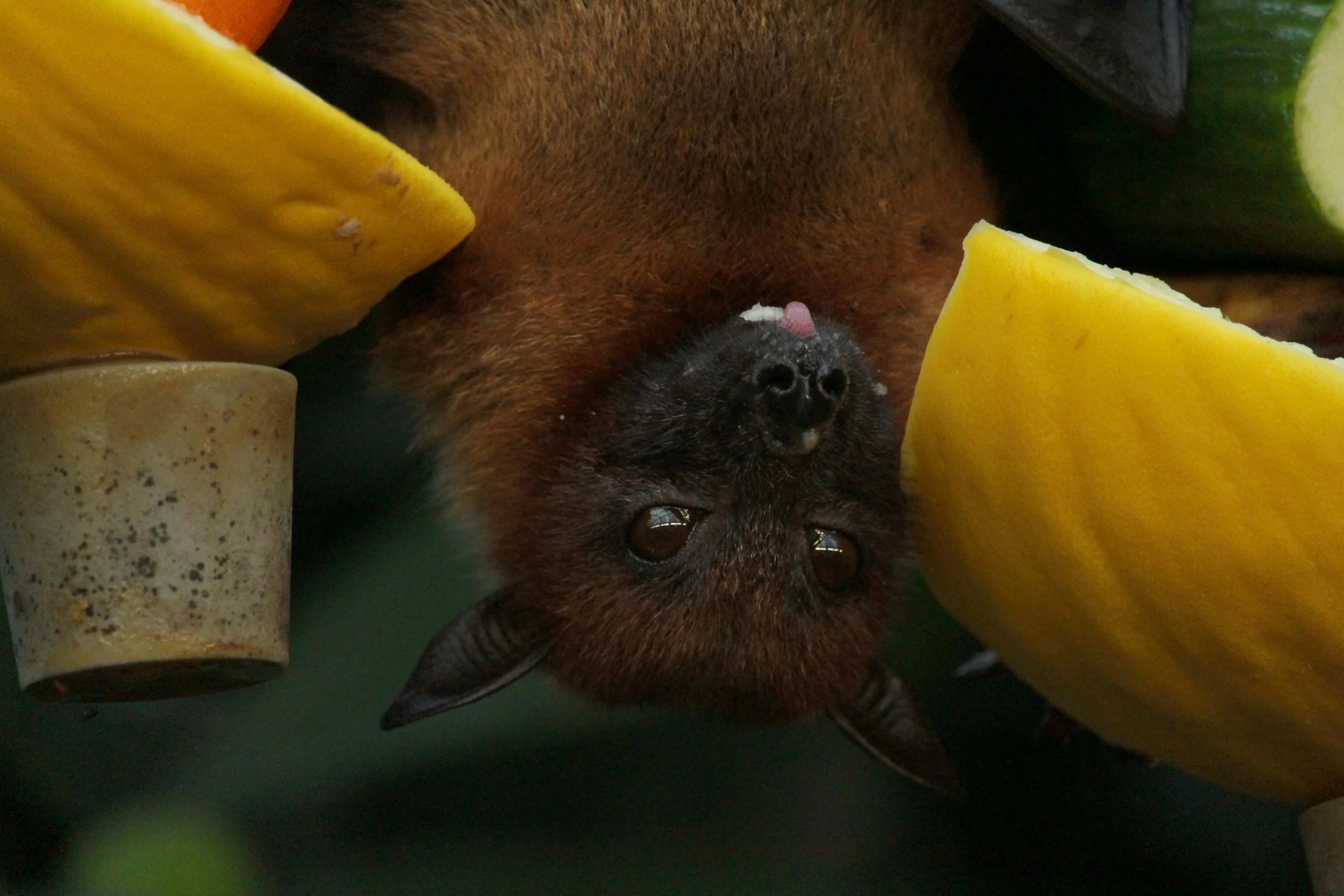
In a paper in the Evolution journal, several bats—some very small in stature and others very large—live in the same habitats on the Solomon Islands, which are located in the Pacific Ocean.
The study found that two groups of larger bats, once assumed to be the same species, differ only slightly from the smallest bat on the island due to their common ancestor.
What Is Changing in Bats

“We have two very different-looking bats, a smaller species (H. diadema) and a larger species (H. dinops). The sizes are vastly different (nobody has ever confused the two as being the same species,” paper co-author Dr. Tyrone Lavery, a researcher at the University of Melbourne, told Newsweek.
However, when they looked closely at the bats, they found something shocking.
Looking at the DNA
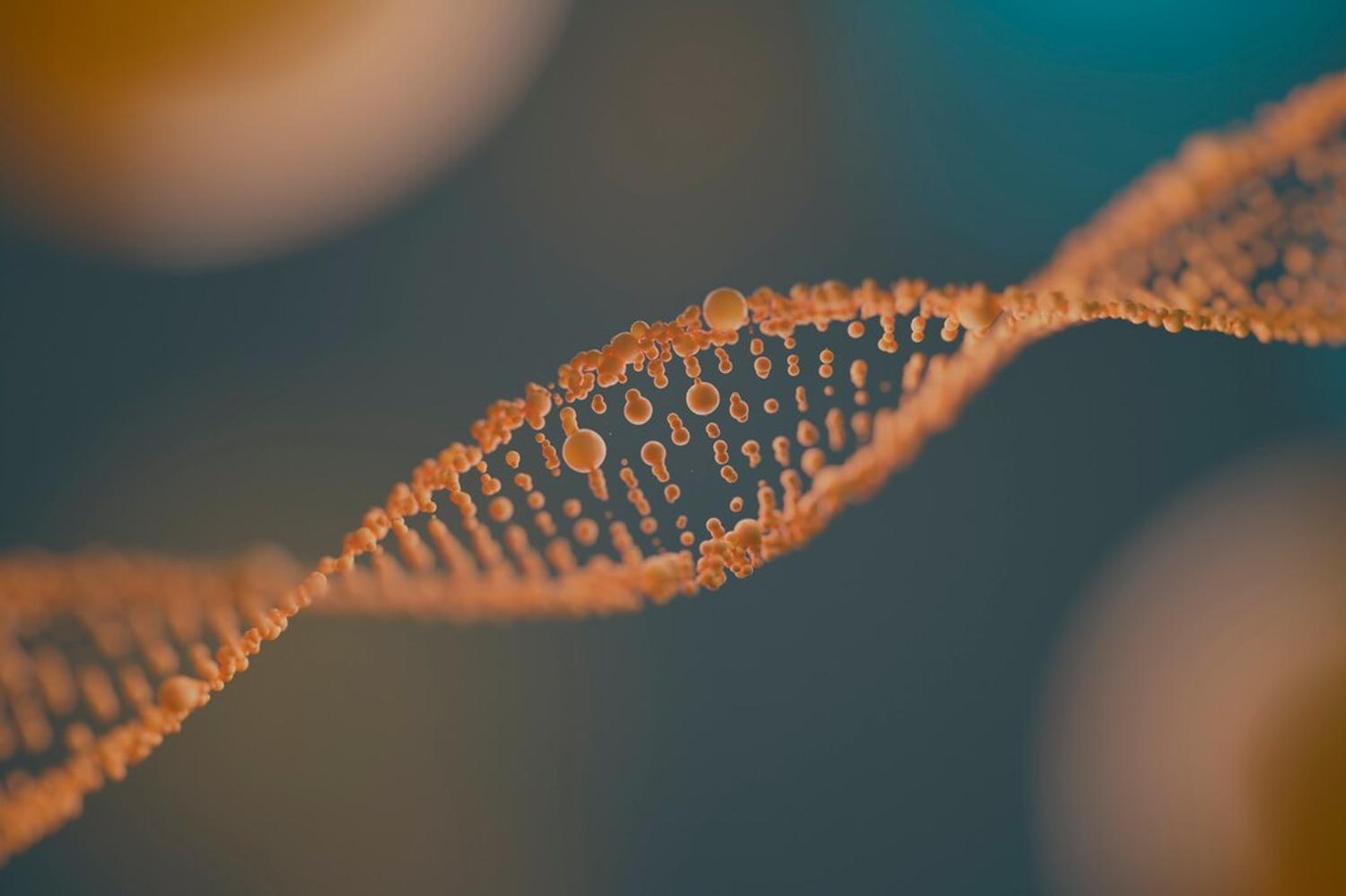
“But when we sequenced their DNA, we found the difference between the two was very small (we normally wouldn’t recognize them as two different species based on their DNA). Second, the big bat had evolved more than once,” Lavery said.
They added: “Again, nobody had ever suspected anything other than there being just one species of bigger bat.”
Arrive At an Endpoint

From their research, the team found that the larger bats may have evolved from the smaller bats in parallel evolution into a separate species.
“Parallel evolution is when organisms evolve independently to arrive at similar endpoints. For example, Australia’s thylacine and dingo evolved independently to look more or less similar and fill similar roles in the environment. We would call that particular example convergent evolution, and it is relatively common,” Lavery said.
What Is Parallel Evolution?

This form of evolution is called parallel evolution, which is a similar development of a trait in a distinct species that shares similar traits. This means that species of bats that originate from a common ancestor are changing together as a response to similar evolutionary pressure.
Parallel evolution is a natural response to the challenges a species faces and adapts from. In basic terms, this evolution is natural selection at work.
Another Notable Example

Another example of parallel evolution appears in the similar body shapes and adaptations of aquatic animals such as dolphins and ichthyosaurs.
Despite their very different evolutionary backgrounds—one is a mammal and the other a reptile—they both share similar morphological and functional adaptations driven by the need to survive and reproduce.
The Rapid Change in Bats
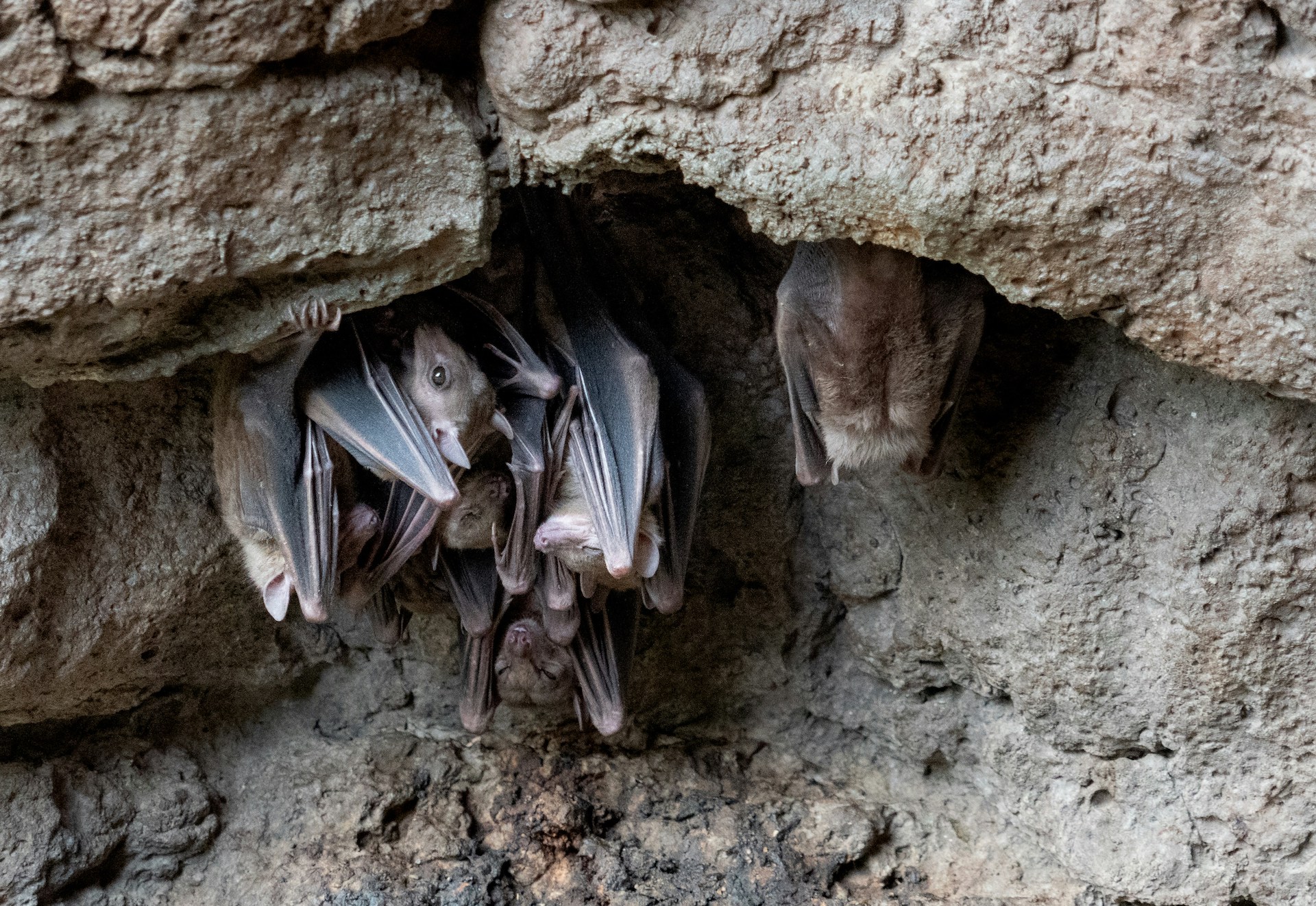
“Our research suggests the rapid and repeated evolution of larger-bodied bats from smaller bats, each happening independently on separate islands,” Lavery said in a statement.
“When we created family trees using the bats’ DNA, we found that what we thought was just one species of large bat in the Solomon Islands was a case where bigger bats had evolved from the smaller species multiple times across different islands.”
The Push for Change

Freepik
“Something very strong is pushing or selecting these big bats, and it is strong enough for it to happen multiple times on different islands,” Lavery stated.
“We think these larger bats might be evolving to take advantage of prey that the smaller bats aren’t eating. Although they could probably interbreed, they don’t for some reason.”
The Most Notable Difference
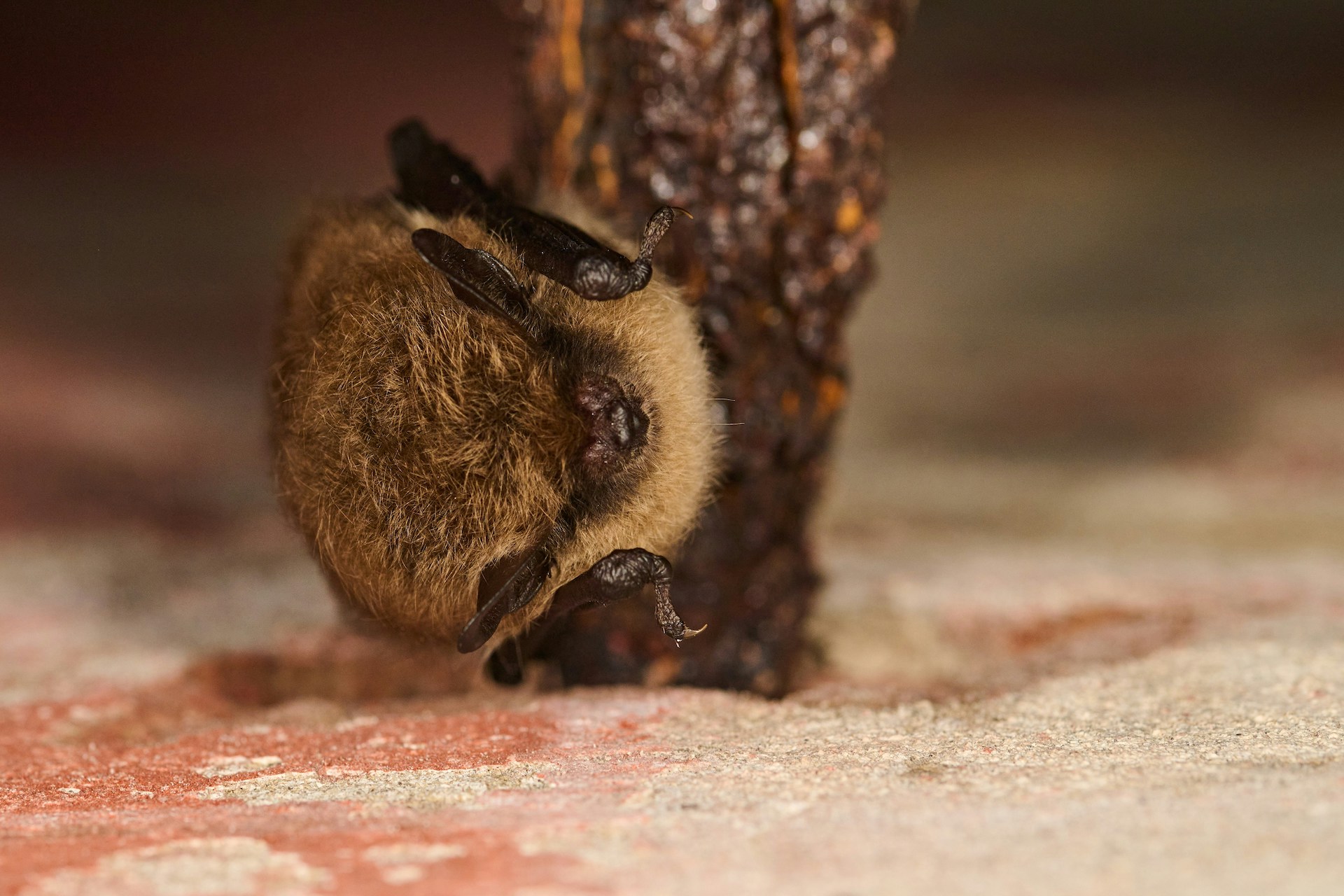
Larger bats on the islands use a lower frequency of sonar, which is a method of using sound to navigate and find food in the dark, that helps them hunt larger prey like insects or frogs.
“Over time larger body size may have been part of behavioral and physical adaptations needed to hunt larger prey,” Lavery said.
The Evolutionary Change

Lavery also adds that the bigger bats no longer recognize the smaller bats as mates, which causes the two bats to mate separately and live different lives. This is what causes a new species of bats.
Researchers hope to continue studying the bats to see how the evolution process between the bats continues by using a technique called metabarcoding. This will evolve using DNA to test if the two species are eating different-sized insects or are switching from hunting insects to hunting vertebrates.
Evolution Before Our Eyes
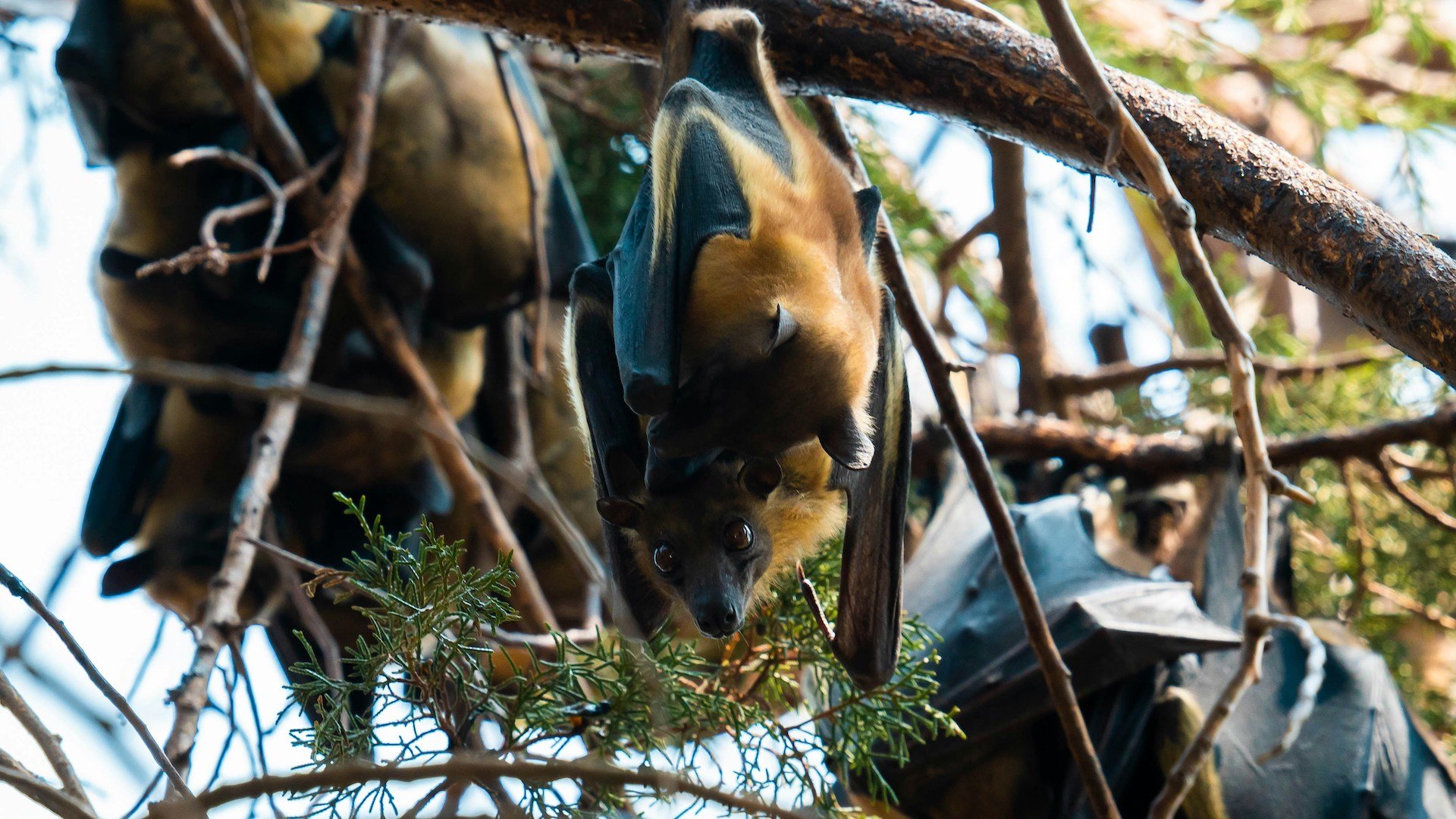
For humans, it is very rare to notice parallel evolution in real time for mammal species. It has only been noticed a few times before now.
“We may think of evolution as a very slow process, but it can happen rapidly when the conditions are right and two groups are separated and stop interbreeding. They can begin to evolve on different pathways,” Lavery added.








































